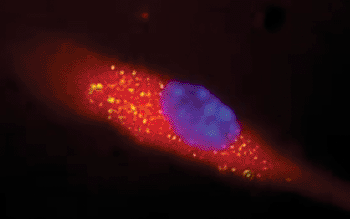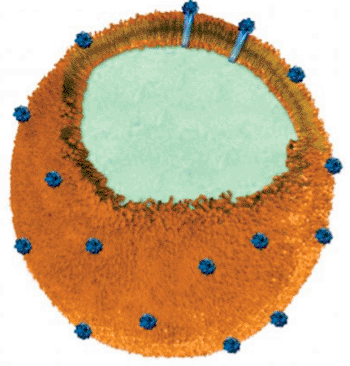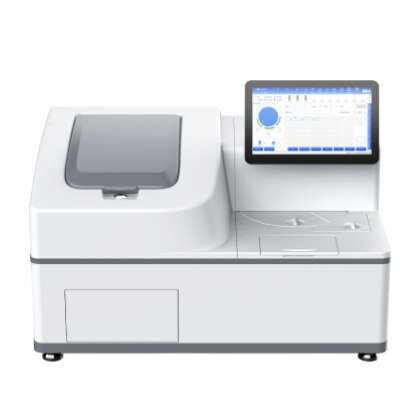Novel Nanosponge Vaccine Protects Mice from MRSA Toxin
By LabMedica International staff writers
Posted on 10 Dec 2013
A novel vaccine based on "nanosponges" that sequester toxic, pore-forming toxoids—such as that produced by MRSA (methicylin resistant Staphylococcus aureus)—permits presentation of these toxins to immune system defensive cells without danger of damaging them.Posted on 10 Dec 2013
It is not possible to deliver a native pore-forming toxin to immune cells without damaging the cells. However, the heating or chemical processing required to neutralize the toxin can compromise the toxin's structural integrity and reduce the value of the vaccine.
To get around this problem, investigators at the University of California, San Diego (USA) developed "nanosponges.” These are biocompatible particles made of a polymer core wrapped in a red blood cell membrane. The red blood cell coating allows the nanosponge to incorporate and hold I alpha-hemolysin toxin without compromising the toxin’s structural integrity through heating or chemical processing. Despite being intact structurally, the trapped toxoid is rendered incapable of damaging other cells.
A paper published in the December 1, 2013, online edition of the journal Nature Nanotechnology presented results from experiments in which nanosponges loaded with toxoid were used to protect mice from MRSA infection. After one injection of the vaccine, 50% of the nanosponge-treated animals survived as compared to fewer than 10% of mice that had been vaccinated with heat-inactivated toxoid. An additional two booster shots increased the survival rate for the nanosponge-vaccinated animals to 100% compared to 90% for those vaccinated with the heat-treated toxin.
"The more you heat it, the safer the toxin is, but the more you heat it, the more you damage the structure of the protein," said senior author Dr. Liangfang Zhang, professor of nanoengineering at the University of California, San Diego. "And this structure is what the immune cell recognizes, and builds its antibodies against. Before this there was no way you could deliver a native toxin to the immune cells without damaging the cells, but this technology allows us to do this."
"The nanosponge vaccine was also able to completely prevent the toxin's damages in the skin, where MRSA infections frequently take place," said Dr. Zhang. "The particles work so beautifully that it might be possible to detain several toxins at once on them, creating one vaccine against many types of pore-forming toxins, from Staphylococcus to snake venom."
Related Links:
University of California, San Diego















